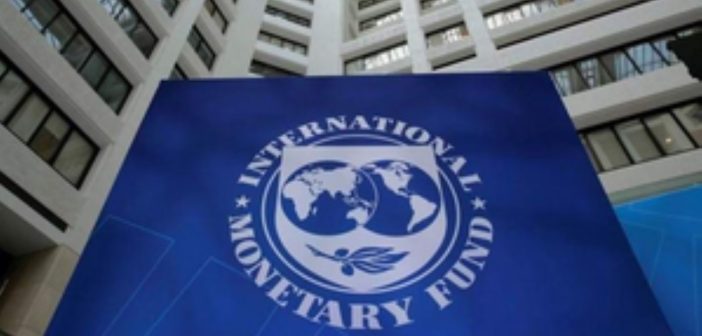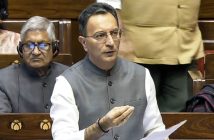The International Monetary Fund has forecast India’s economy to grow at 6.2 percent in 2025, despite ongoing trade tensions and tariff-related uncertainties. The IMF’s latest World Economic Outlook report has revised global economic growth projections downward by 0.5 percentage points to 2.8 percent for 2025, reflecting concerns over the impact of US tariff policies on international trade.
Following the January 2025 update, the US imposed multiple waves of tariffs on major trading partners and critical sectors, prompting the IMF to warn that the tariff hike on April 2 would cause a significant near-term slowdown in global economic activity. The organization expects global GDP growth to further decline to 3 percent in 2026, compared to its earlier estimate of 3.3 percent for both years.
While India’s growth forecast has been revised from the earlier projection of 6.5 percent due to tariff-related disruptions, the IMF states that private consumption, particularly in rural areas, remains a key driver of economic resilience. The report highlights India’s relative stability compared to other major economies, as China’s GDP is now projected to grow at 4.0 percent in 2025 and 4.6 percent in 2026. The US economy is expected to experience a sharper slowdown, with growth figures revised to 1.8 percent in 2025 and 1.7 percent in 2026.
The Reserve Bank of India, in its bi-monthly policy statement earlier this month, estimated India’s GDP growth at 6.5 percent for FY26, trimming projections by 20 basis points due to uncertainties stemming from increased US tariffs.
IMF has also adjusted its global trade growth outlook downward, now projecting a mere 1.7 percent increase, a significant 1.5 percentage point reduction from its January 2025 forecast. The report attributes this revision to heightened trade restrictions affecting international commerce, alongside the waning effects of cyclical factors that had previously supported the expansion of goods trade.
Despite external pressures, India’s economy continues to exhibit resilience, underpinned by strong domestic consumption and policy measures to mitigate global uncertainties. As trade negotiations evolve and global tariff policies shift, India is expected to maintain steady growth momentum while navigating economic challenges in the international market.






